Indomitable Resilience: The 85 Million Victims of World War 2
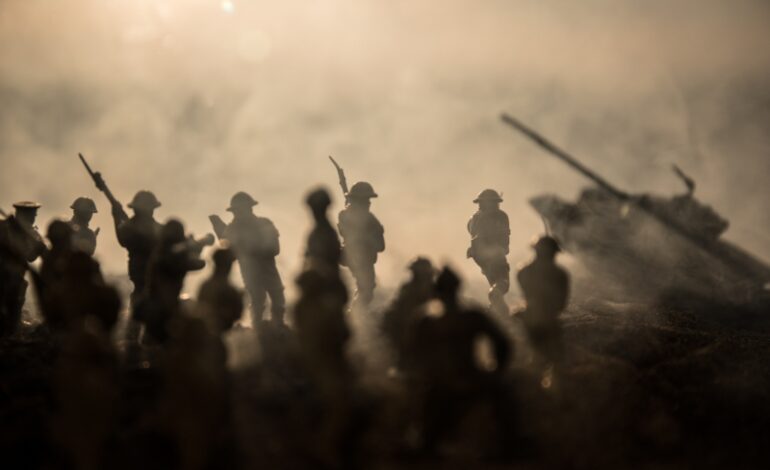
The Aftermath of the First World War
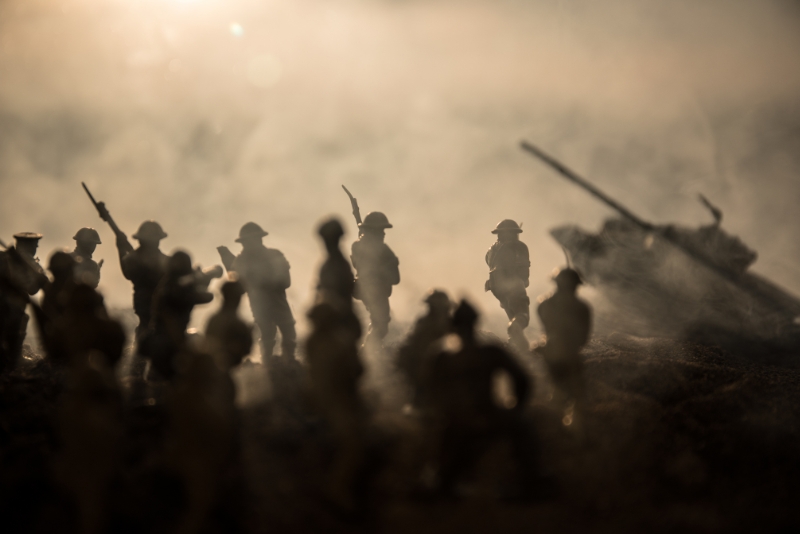
The roots of World War II can be traced back to the aftermath of the First World War, a conflict that had shattered the existing world order and sown the seeds of deep-seated resentment and instability. The Treaty of Versailles, imposed on a defeated Germany at the end of the First World War, had been widely perceived as unfair and punitive, saddling the German people with massive reparations, territorial losses, and severe restrictions on their military capabilities. This sense of injustice, coupled with the economic turmoil and social upheaval that plagued the Weimar Republic, provided the perfect breeding ground for the rise of radical nationalist movements, chief among them the Nazi Party led by Adolf Hitler.
As the Nazis consolidated power in Germany, they embarked on a campaign of territorial expansion and military aggression, seeking to undo the perceived injustices of Versailles and establish Germany as the dominant power in Europe. The invasion of Poland in 1939, sparked by a false-flag operation orchestrated by the Nazis, marked the beginning of the Second World War in Europe.
In the early years of the conflict, the Axis powers, comprising Germany, Italy, and Japan, enjoyed a series of stunning victories, rapidly expanding their territorial control and subjugating the populations under their rule. The Nazi blitzkrieg tactics, characterized by the coordinated use of armored vehicles, air power, and infantry, overwhelmed the unprepared Allied forces, leading to the fall of Poland, Denmark, Norway, the Netherlands, Belgium, and France in quick succession.
The Eastern Front and the Tide Turns
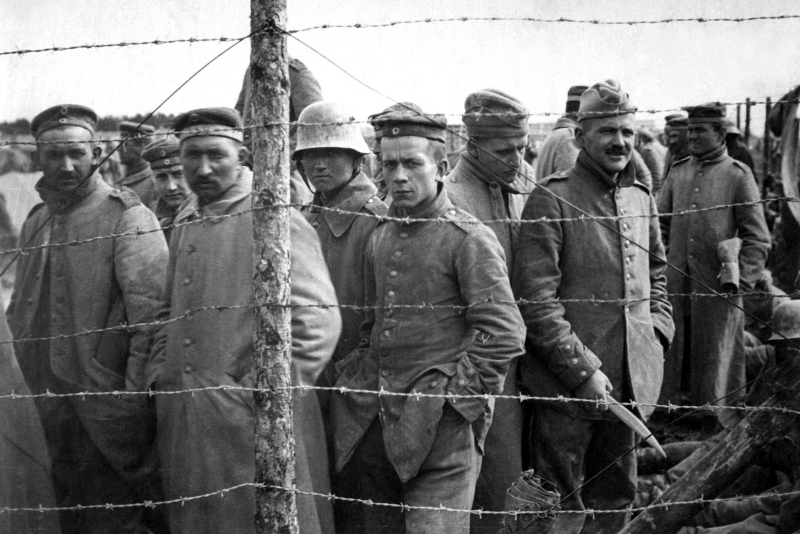
The turning point in the European theater came in 1941 with the German invasion of the Soviet Union, codenamed Operation Barbarossa. This ambitious and ultimately disastrous campaign, fueled by Hitler’s ideological obsession with the conquest of “living space” for the German people, proved to be the Nazis’ undoing. The Red Army, despite initial setbacks, gradually mobilized its vast resources and manpower, and began to push back against the German onslaught, marking the start of the Soviet Union’s pivotal role in the eventual defeat of the Axis powers.
In the Pacific, the conflict had been raging since 1937, when Japan launched its aggressive expansion into mainland China, seeking to establish a vast imperial empire that would rival the Western colonial powers. The attack on Pearl Harbor in 1941, which brought the United States into the war, was a desperate gamble by the Japanese to cripple the American Pacific Fleet and deter the US from intervening in their conquests. However, this bold move ultimately backfired, as the unleashed industrial might of the American war machine, combined with the unbreakable resolve of the American people, gradually turned the tide of the war in the Pacific.
The Turning Point: The Battle of Stalingrad
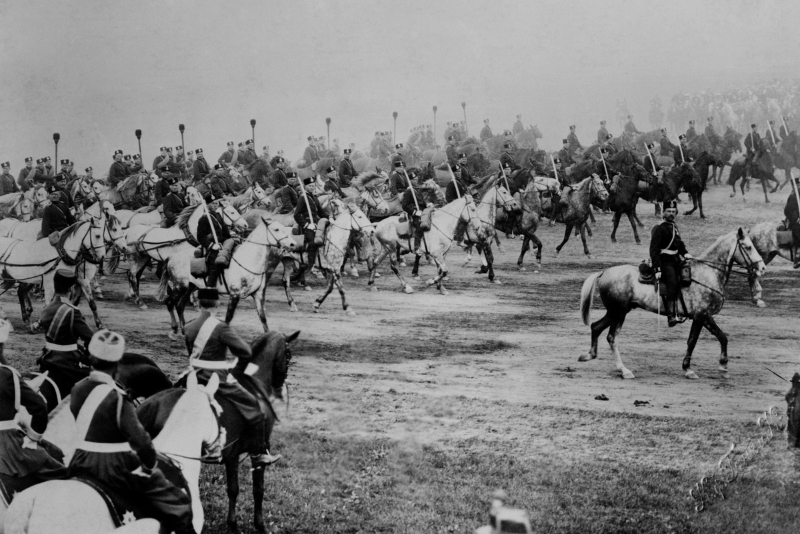
The war in Europe entered a critical phase in 1942 with the Battle of Stalingrad, a brutal, months-long engagement that saw the German and Soviet forces engage in a bloody, urban battle of attrition. The eventual Soviet victory, at the cost of immense casualties on both sides, marked a significant shift in the balance of power, providing the impetus for the Red Army’s steady advance westward, towards the heart of the Third Reich.
Meanwhile, in the West, the Allied forces, under the leadership of General Dwight D. Eisenhower, launched a series of successful offensives, culminating in the D-Day landings in Normandy in 1944. This massive amphibious invasion, spearheaded by American, British, and Canadian troops, opened a crucial second front against the Nazis, eventually leading to the liberation of Western Europe from German occupation.
The Final Collapse of the Axis Powers
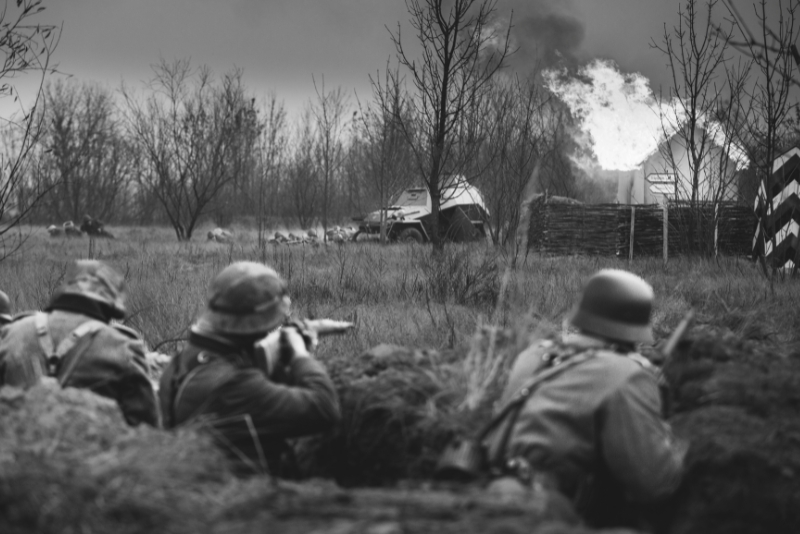
As the war entered its final phases, the Allies closed in on the Axis powers from both the East and the West. The Soviet Army’s relentless push towards Berlin, coupled with the devastating bombing campaigns and ground offensives of the Western Allies, slowly but surely overwhelmed the beleaguered Nazi forces. The fall of Berlin in 1945, marked by the iconic raising of the Soviet flag over the Reichstag, signaled the end of the European war and the collapse of the Third Reich.
In the Pacific, the American island-hopping campaign, combined with the crippling of the Japanese navy in a series of decisive naval battles, gradually eroded Japan’s ability to wage war. The eventual use of the atomic bombs on Hiroshima and Nagasaki, coupled with the Soviet invasion of Manchuria, finally compelled the Japanese government to surrender, bringing an end to the global conflict.
The Lasting Legacy of World War II
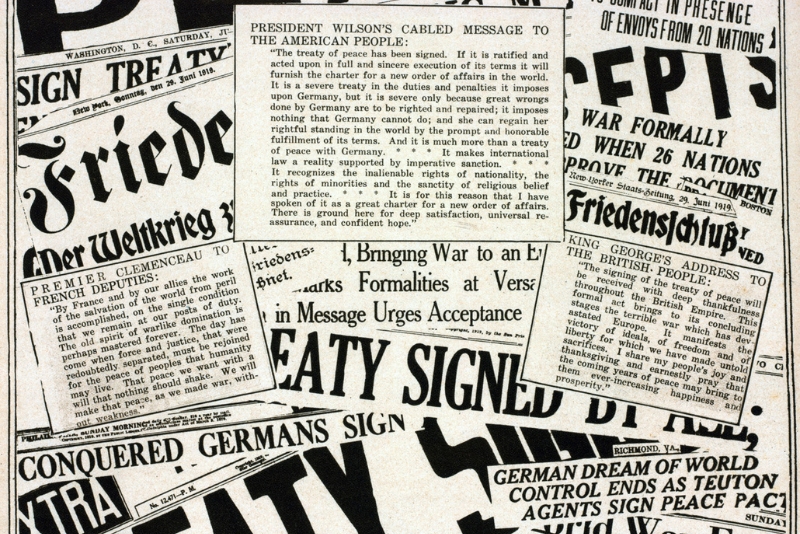
The consequences of World War II were truly staggering, both in terms of the human toll and the lasting geopolitical shifts that it ushered in. An estimated 70-85 million people lost their lives, making it the deadliest conflict in human history. The horrors of the Holocaust, the systematic genocide of European Jews and other minority groups by the Nazi regime, remain a haunting and indelible legacy of the war. The use of atomic weapons by the United States also marked a terrifying new chapter in the history of warfare, forever altering the global strategic landscape.








![Top 5 Most Powerful Mysterious Creatures Of All Time[Updated 2024]](https://newsdailybeats.com/wp-content/uploads/2024/06/mystery-creatures-1.jpg)
